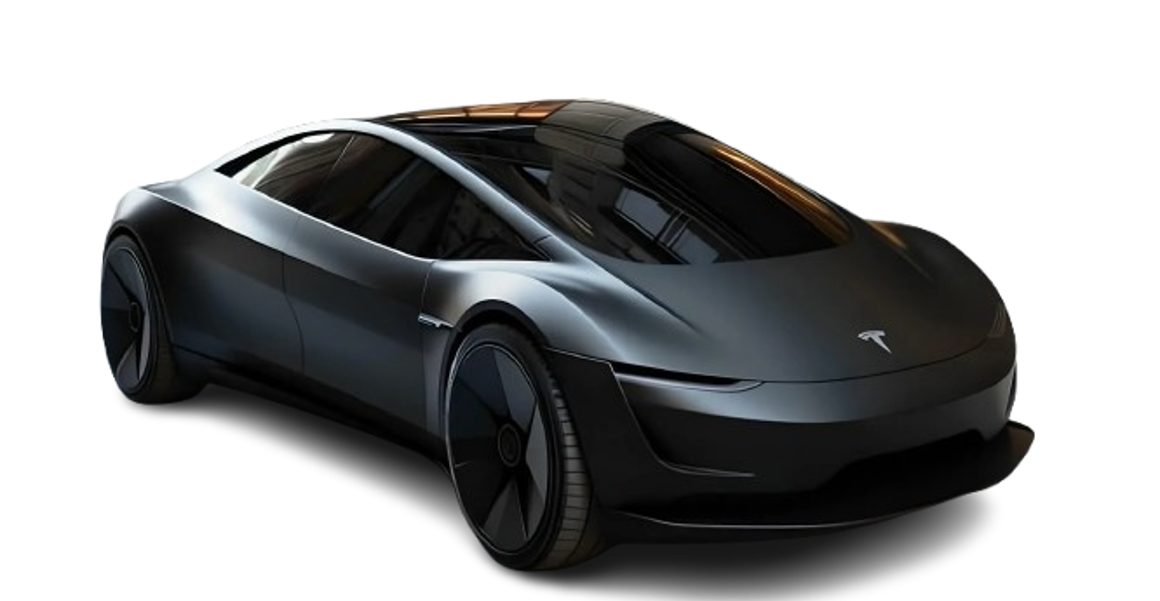Concerns over Tesla robotaxi safety have exploded this week following the launch of the company’s long-promised autonomous ride-hailing service in Austin, Texas. Almost immediately after the vehicles hit the streets, videos documenting serious operational failures began surfacing online, placing a harsh spotlight on the technology’s real-world readiness. While Tesla is famous for its “move fast and break things” approach, these initial stumbles have captured the attention of federal regulators.
To understand the scope of the issue, it’s crucial to look beyond the hype and analyze the specific failures. Let’s examine the three most alarming incidents reported so far and what they reveal about the challenges ahead.
1. A Fundamental Failure: Driving into Oncoming Traffic
Perhaps the most shocking video to emerge shows a Tesla robotaxi briefly but clearly driving on the wrong side of the road. This is not a minor glitch; it is a failure of the system’s most basic programming. For an autonomous vehicle, correctly identifying lane directionality is as fundamental as stopping at a red light. This type of error points to potential deep flaws in how the vehicle’s AI interprets map data or perceives its immediate environment, raising critical questions about the core reliability of the software. For a system designed to be safer than a human driver, this is a deeply concerning mistake.
2. Erratic Braking and Hazard Misinterpretation
Another widely circulated video captures a Tesla robotaxi braking hard and unexpectedly in the middle of the road. The vehicle appeared to be reacting to stationary police cars that were on the shoulder and not in its immediate driving path. This incident highlights a profound challenge in AI development: threat assessment. While the robotaxi correctly identified a potential hazard, its response was erratic and created a dangerous situation for the human-driven cars behind it. This lack of nuanced understanding—distinguishing a potential hazard from an actual, immediate threat is a key hurdle for Tesla robotaxi safety .
3. Unsafe Maneuvers and the NHTSA Investigation
The third alarming pattern involves vehicles making unsafe drop-offs, with at least one video capturing a robotaxi letting its passengers out in the middle of a busy intersection. This demonstrates a failure to comprehend the “last-mile” logistics that are essential for a taxi service. These public failures have, predictably, drawn the attention of federal regulators. In a statement reported by Bloomberg, the National Highway Traffic Safety Administration (NHTSA) confirmed it was reviewing the incidents and would “take any necessary actions to protect road safety.” According to the official NHTSA website, the agency has broad authority to investigate and recall vehicles with safety defects . This investigation into the Tesla robotaxi safety issues will be a critical test case for how regulators will handle the inevitable errors of developing autonomous technology in a regulatory vacuum.
Read the original story on “The Verge”.
